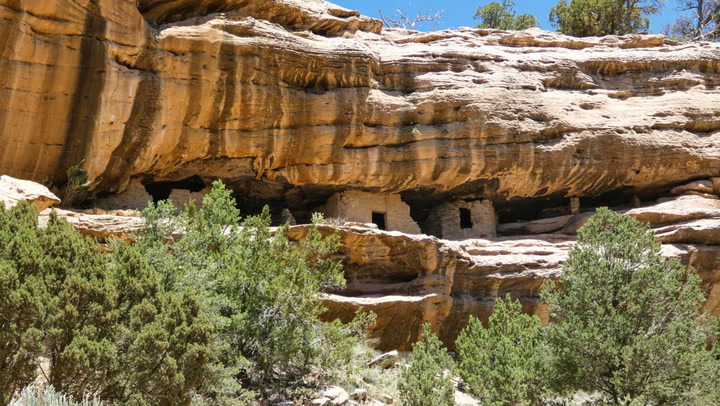1. Introduction to Zuni Pueblo
Zuni, with 10,000 Indigenous residents, is the largest of New Mexico’s 19 pueblos, the state’s traditional Native American villages—and one of the most remote. The 1,300-year-old settlement in the Colorado Plateau, at the foot of the Dowa Yalanne mesa, is home to adobe houses, archaeological sites, and thousands of petroglyphs. Most of the area’s modern economy is based on traditional crafts: woven textiles, painted pottery, and inlaid mosaic jewelry.
2. The Rise of Responsible Tourism
Until recently, visitors to Zuni were few due to its location and lack of infrastructure. Young people were moving out for similar reasons, often drawn to job opportunities in larger cities. However, pueblo leaders recognized the potential in tourism, not just as a revenue generator but also as a means to raise awareness about Zuni culture and its critical role in U.S. history. Consequently, the pueblo is developing a responsible-tourism model that prioritizes sovereignty and authenticity. Here, you’ll meet three entrepreneurs dedicated to sharing their ancestral heritage.
3. Meet the Entrepreneurs
Kenny Bowekaty

After studying archaeology at Stanford, Bowekaty returned to develop a series of history- and culture-focused initiatives. His latest projects involve new programming at the Zuni Visitor Center, including Zuni-led walking tours of the pueblo’s Middle Village, trips to the ruins at Hawikku and the Village of the Great Kivas, and meals catered by local women. “This work allowed me to see how deep our history is,” he states, “and to create an infrastructure that helps bring people here while also supporting our artists and businesses.”
Revenue from these initiatives supports ongoing excavations of historic sites and expands tourism offerings. The Zuni Tribal Government aims to eventually construct a hotel in Zuni, as most visitors currently stay in Gallup, located 30 miles away. Nonetheless, Bowekaty emphasizes the necessity to respect the sacred land: “We welcome visitors, but they have to honor our tribal rules by maintaining distance, obtaining photo permits, keeping cameras away during sacred ceremonies, and exploring only with local guides.”
The National Park Service and Native American History
Celia Tsabetsaye

After retiring from her position at the Bureau of Indian Affairs in Washington, D.C., Tsabetsaye returned to Zuni, drawn back by its tranquil spaces and her ancestral connections to the land. To keep her mind active, especially after turning 78, Tsabetsaye decided to channel her passion for food into a neighborhood restaurant, the Village Bistro. She offers cooking demonstrations and seasonal lunch menus featuring Zuni favorites like pozole, blue-corn tamales, and piki, a thin, rolled bread, accompanied by homemade red and green chile sauces.
Ava Hannaweeke
Before the pandemic in 2020, Hannaweeke operated a successful catering business in the pueblo. However, following lockdown measures affecting many Native American communities, she pivoted to create hebogo mula, a traditional Zuni bread. Hannaweeke and her family collect wood from local forests to fuel their hornos, the beehive-shaped clay ovens in their backyard, and knead the sourdough by hand before shaping it into traditional forms. Occasionally, they bake up to 100 loaves at once. The word of her bread’s quality quickly spread through neighboring communities, attracting customers willing to drive hours for a loaf. Through Ava’s Bread Experience, she offers visitors an opportunity to learn the intricacies of this baking tradition.





